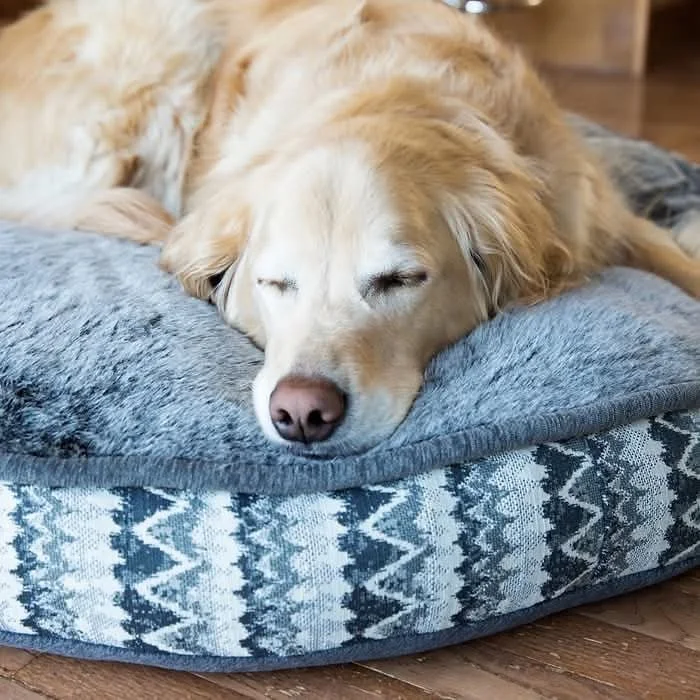Top 5 Training Tips for Your Newly Adopted Dog
Mission Summary:
Help your new dog settle in by giving them time, structure, and a safe space. Set clear house rules early, use tools like crates and gates, and focus on calm bonding and consistency to build trust and lasting good habits.
In honor of PAWS’ 14th Annual Mutt Strut (check out event details here!), we’ve compiled our top 5 tips for welcoming home your new dog pal and setting them up for training success.
Bringing home a new friend can feel exciting and sometimes overwhelming. The first few days with your new dog will require some extra time, attention, and patience. Here are some ideas to help you create positive experiences, get training off on the right foot, and build a lasting friendship between you and your dog.
1. Let your dog set the pace and spend time getting to know each other.
Your dog is happy to be home - but they have travelled a long way to get to you. Whether your dog was previously in a shelter, transport van, or foster home, shifting living situations can be extremely stressful and disorienting for dogs. It might take weeks and sometimes months for your new dog to feel all the way at home. You may also see shifts in behavior and energy levels as your dog gets more comfortable and begins to let more of their personality show. You may see your quiet and reserved dog become more energetic and vocal, or your hyperactive dog might become more chill.
It will also be very tempting to show your new dog off to extended family, friends, and take them on trips right away- but it is important that your dog is acclimated to your home and housemates before putting them into novel situations. Adding one stress on top of another can sometimes cause behavioral issues to surface and can hinder learning. Your dog may not be ready for your family picnic, the art festival, or the dog park just yet! Improve your bond first by going on long walks together, engaging in play, and helping your dog acclimate to a typical day in your home.
2. Create a safe space for your dog.
Just being in your home may feel like a kaleidoscopic experience for your dog - everything from new smells, sounds, and roommates can leave your dog’s head spinning. Having a safe and quiet place where your dogs can retreat to when they feel overwhelmed or tired can reduce stress, speed up the acclimation process, and help your dog process new information more effectively.
Also be sure to provide plenty of enrichment activities such as stuffed bones or kongs, long lasting chews, and food puzzles to help your dog blow off some steam and relax in their new environment.
3. Set house rules early.
Helping your dog adjust to their new home means helping them understand what is expected of them. Frequent changes to house rules can cause stress and greatly hinder training.
Here are some questions to ask BEFORE your bring home your pup:
Is your dog allowed on the furniture?
Where will they eat?
Where will they sleep?
Who will be responsible for taking them out?
Where will I confine my dog when I am out of the house?
4. Management is key.
Management refers to tools, equipment, and lifestyle changes that help prevent unwanted behaviors and set your dog up for success. Your new dog may not know that your living room shouldn't be used as a toilet or that your favorite shoes aren’t chew toys. Similarly, having full reign of the house upon arrival can feel overwhelming and confusing for most dogs.
Utilizing management tools like crates and gates are fantastic way to:
Reinforce house rules
Create puppy-proof areas of your home
Help your dog acclimate to small sections of the house at a time
Support a house training regimen
Assume your dog does not yet know your house rules and offer a small area of your house at first. As your dog begins to understand what is expected of them, gradually increase supervised freedom in the house.
Not Sure When to Reach Out to a Trainer?
If your dog’s behavior feels overwhelming, confusing, or just not improving, it might be time to get support.
Reaching out to a certified trainer early can help prevent small issues from turning into lasting habits.



